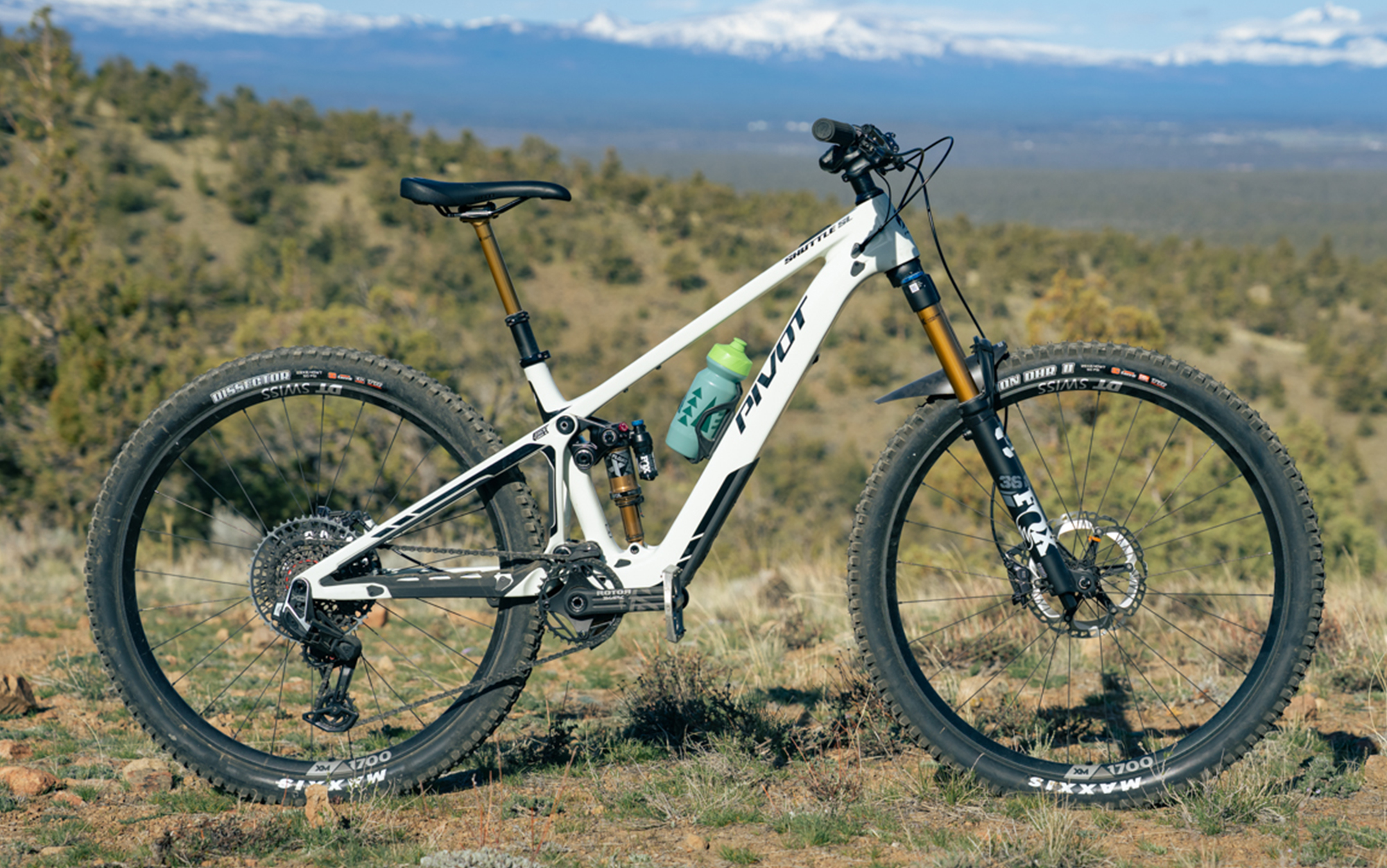The Best Electric Mountain Bikes of 2025, Trail Tested
We may earn revenue from the products available on this page and participate in affiliate programs. Learn More ›
Since the first electric mountain bikes started popping up on trail, we’ve seen a decade of innovation. Modern e-mountain bikes have become more powerful and reliable, shedding pounds to provide riders with a familiar riding experience plus a boost for the climbs. And the mountain bike community responded. Ten years later, there’s an electric mountain bike for every riding style.
I put a range of e-mountain bikes, from mid-power, nimble trail rippers to full-power, chunk-smashing descent machines, to the test. So, if you are wondering which of the best electric mountain bikes is best suited for you and your favorite terrain, you’ve come to the right place.
| Best Overall | Best Trail Machine | Most Playful | Best Downhill |
| Transition Regulator CX | Pivot Shuttle SL | Specialized Turbo Levo SL | Ibis Oso |
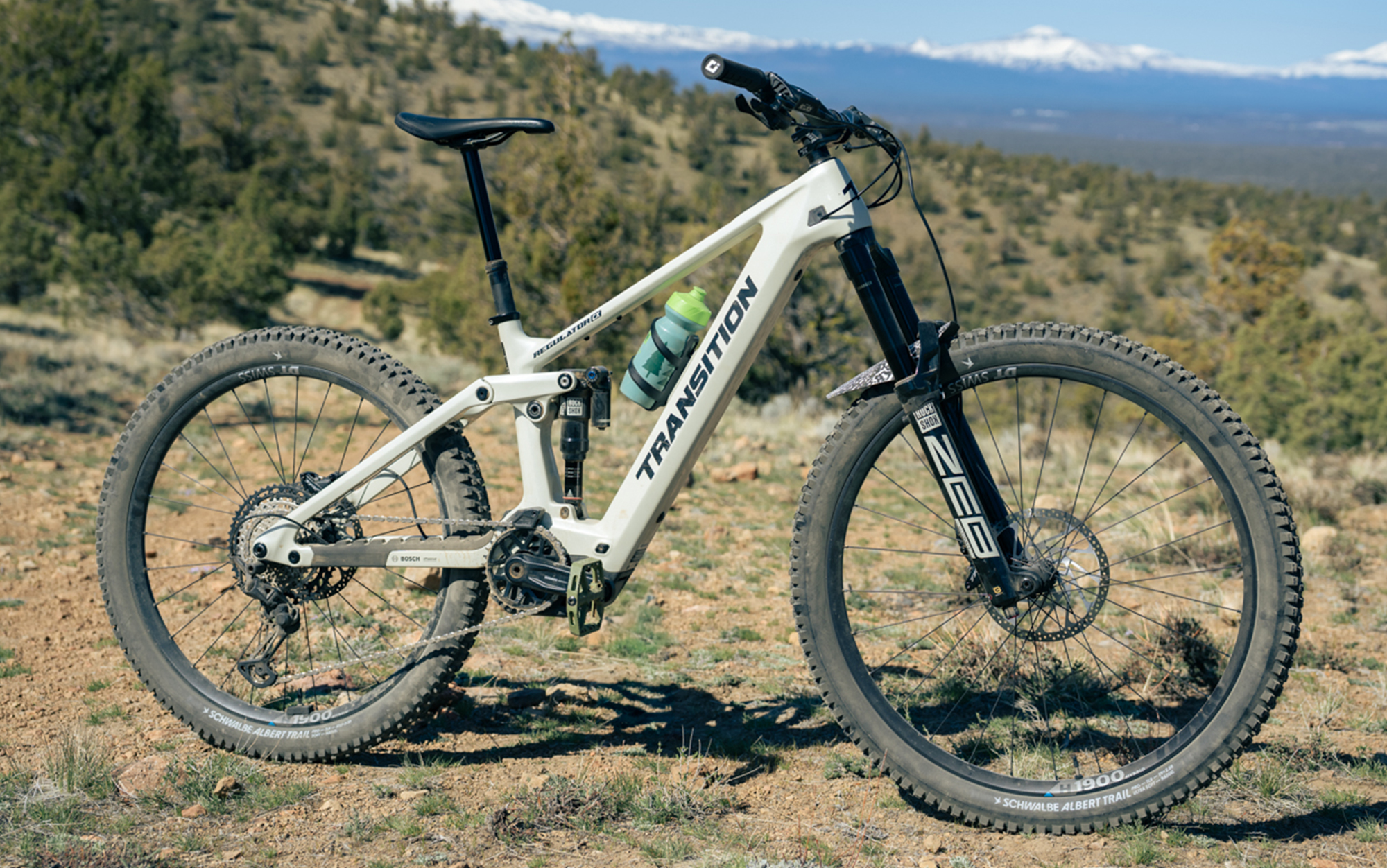 |
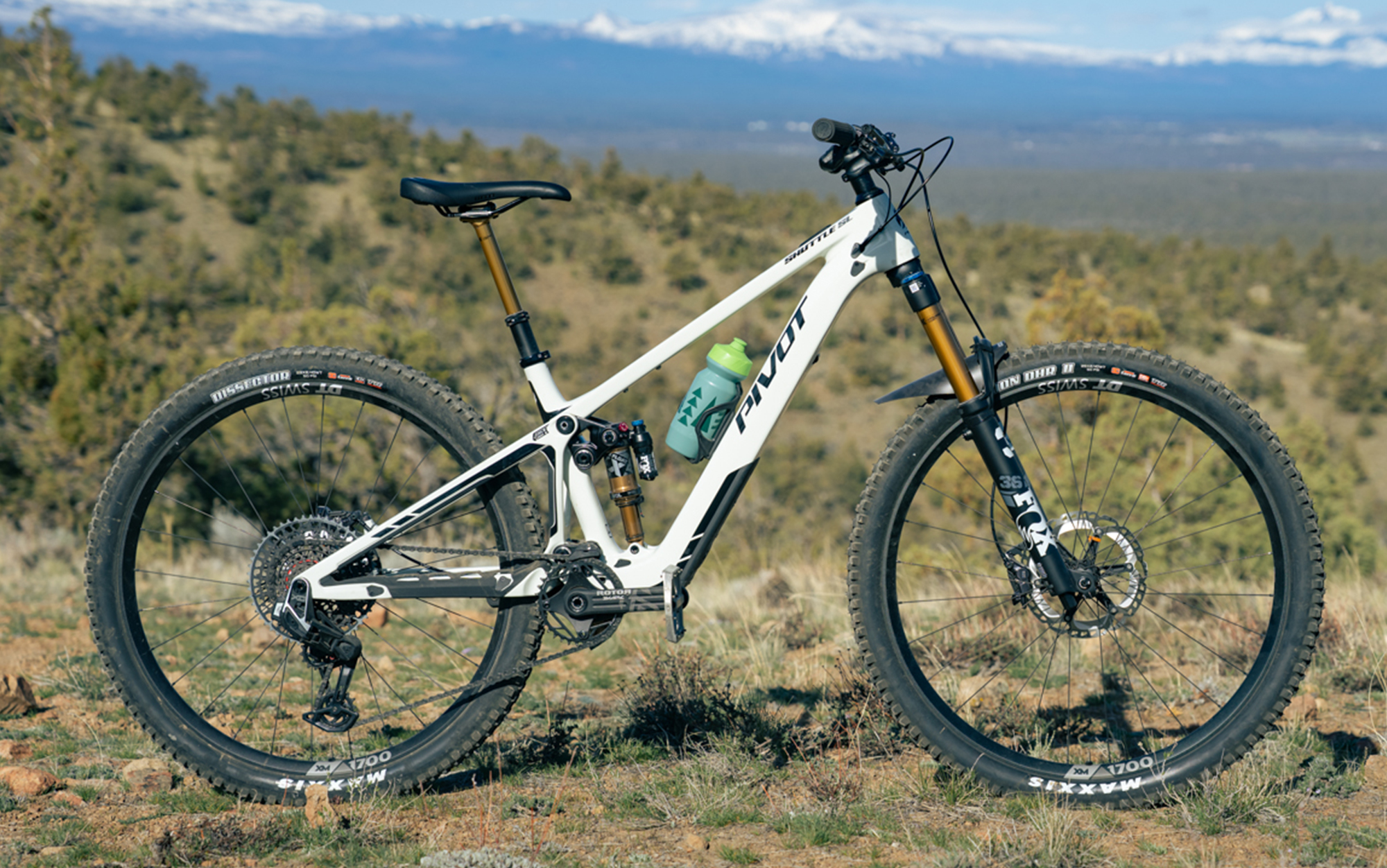 |
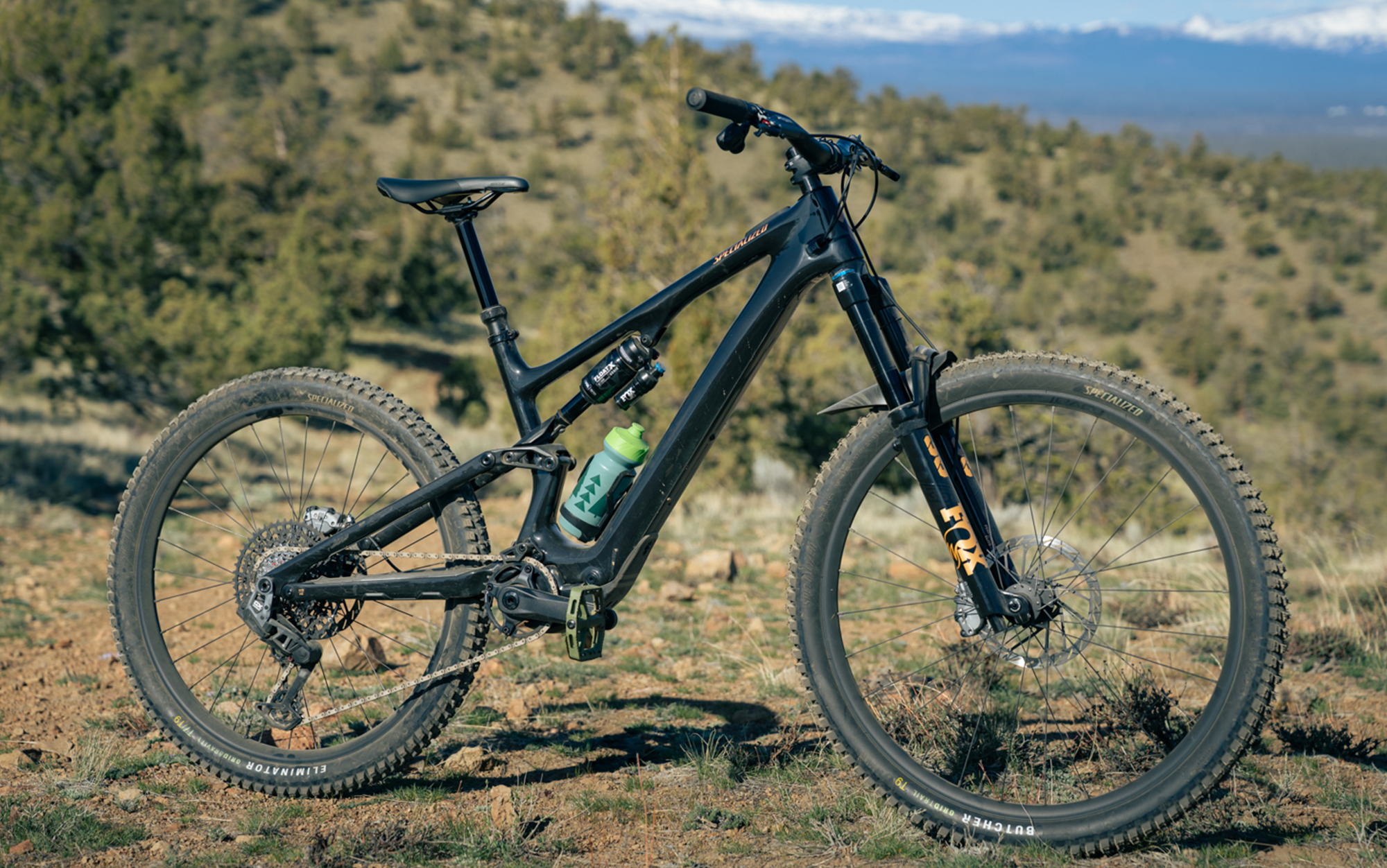 |
 |
| Powerful, supple, and rides lighter than it is | Efficient and poppy trail bike | Tech-savy mullet with extra travel | Confidence-inspiring in big chunk |
How I Tested the Best Electric Mountain Bikes
I spent the end of winter and the better part of spring taking out the four electric mountain bikes in my test. Besides a brief snowstorm that put the trails out of commission for a bit, I rode them four to five days a week on Bend, Oregon’s expansive trail systems.
When riding, I considered how the bikes pedaled, climbed (yes, even with a motor, there are differences), and descended. I rode a variety of terrain to suss out where each bike shines, be it moderate flow trails or chunky and steep terrain. Since the group consists of both full- and mid-power electric mountain bikes, I won’t compare one drive unit to another, as it would be an apples-to-oranges comparison. That said, I share my thoughts on each drive unit.
The Electric Mountain Bikes

Four brands loaned their top electric mountain bikes for my test period. I set up each bike’s suspension and cockpit to my preferences, and I added Ground Keeper fenders, allowing me to focus on the ride without throwing rocks and dirt into my face. Otherwise the bikes were ridden in stock condition without modifications.
The Trails
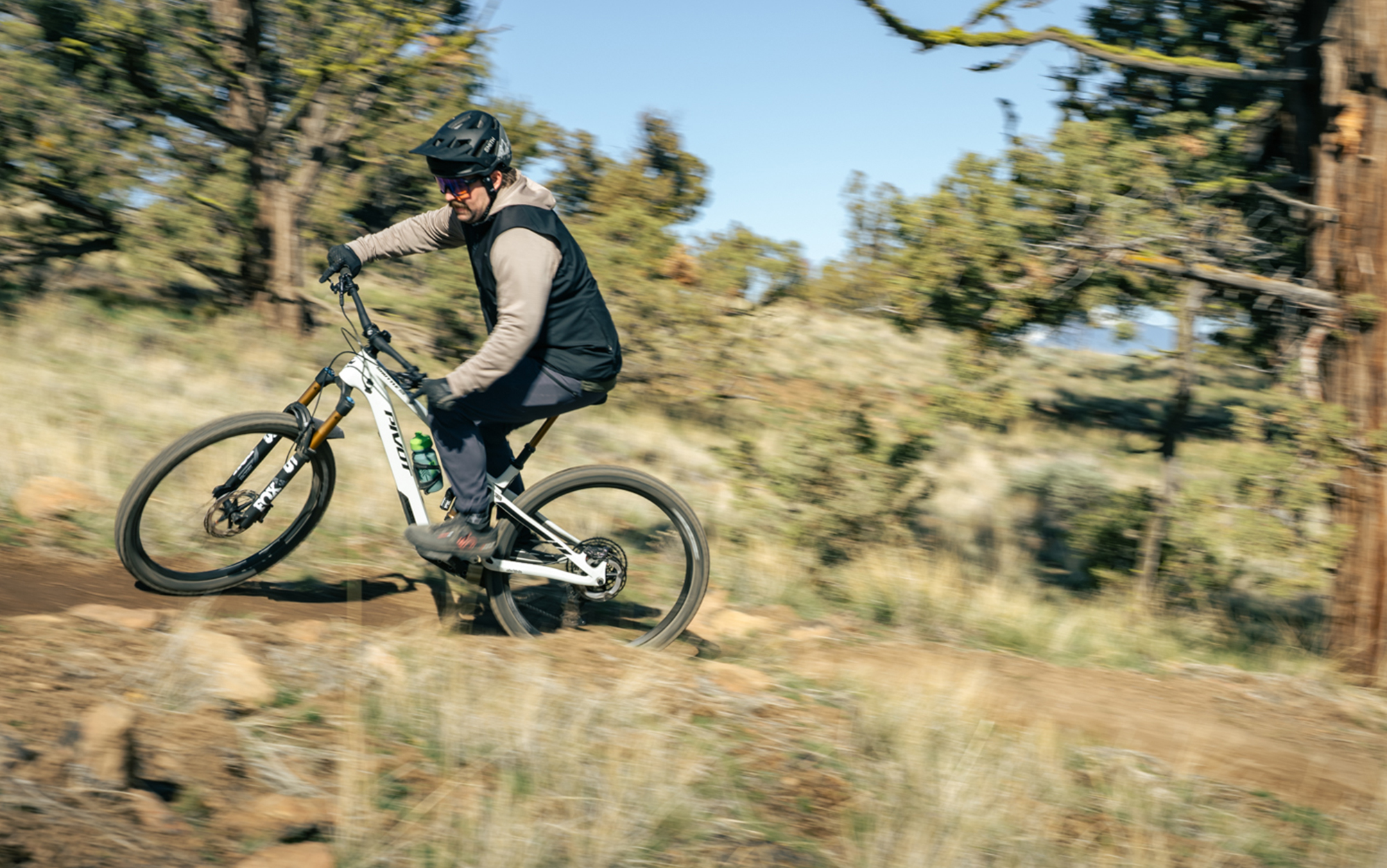
I primarily tested the best electric mountain bikes at two winter trail systems in Bend, Oregon. Both trail systems cater to more advanced riders, as the descents are steep, loose, and particularly rocky. I also got each bike on more moderate and flowy trail systems on different road trips throughout my testing time. All told, I got a good feel for the type of terrain and riding where each e-mountain bike performs best.
Best Electric Mountain Bikes: Reviews & Recommendations
Best Overall: Transition Regulator CX
Pros
- Powerful drive unit
- Great components
- Supple suspension
- Does nearly everything well
- Rides lighter than its 50 pounds
Cons
- Light tire casing
Key Features
-
Bosch Performance CX drive unit -
160/150mm of travel (front/rear) -
Mixed-wheel (29mm front/27.5mm rear) -
Adjustable geometry
Transition released their all-new Regulator electric mountain bike earlier this spring, and were kind enough to send me one several weeks ahead of the bike’s launch. And from the first ride, I got along well with the Regulator, and it quickly climbed to the top of the roundup for me.
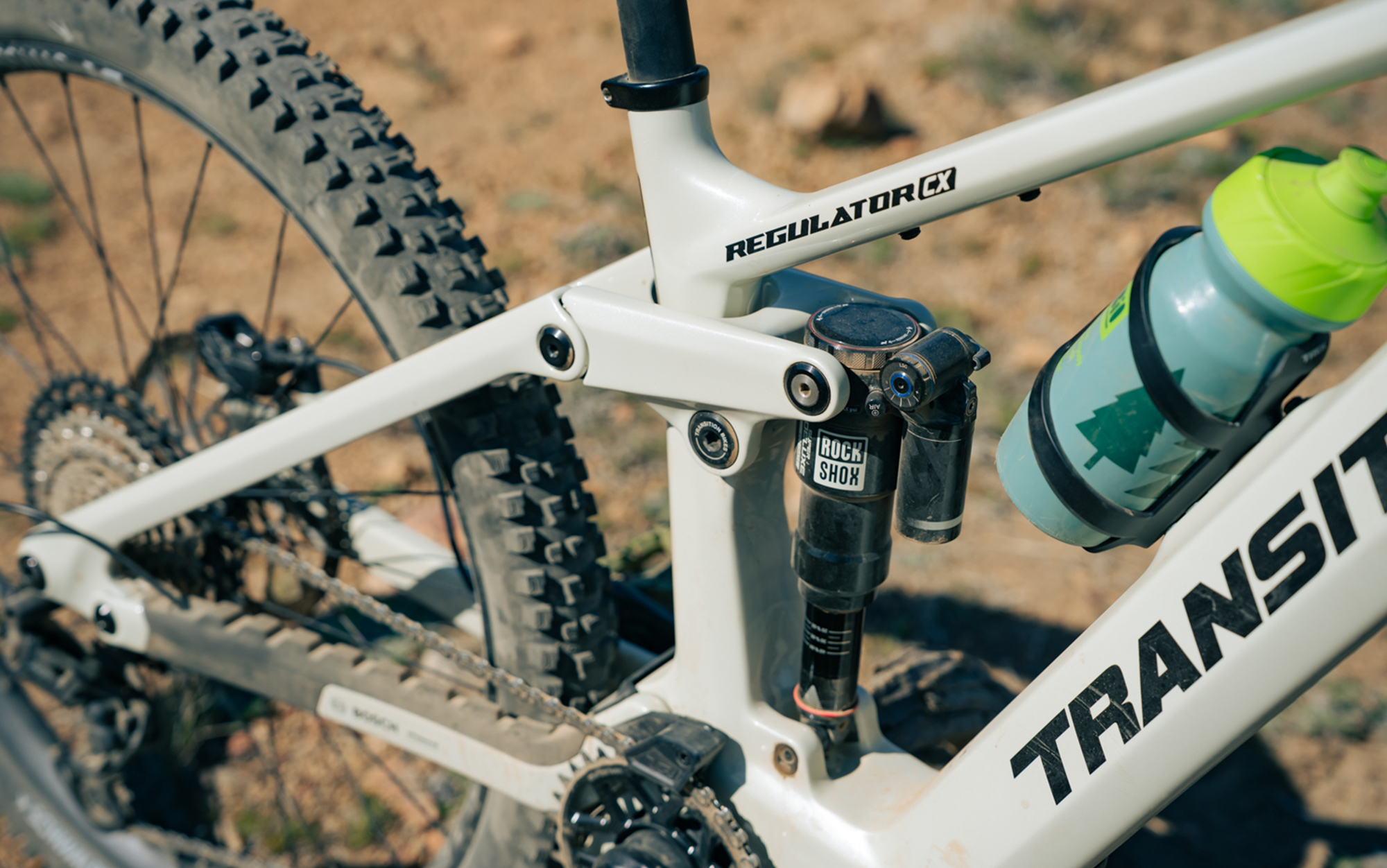
The Regulator did everything right. The small-bump sensitivity of the suspension was phenomenal, and the bike’s overall geometry created a lot of confidence in high-speed sections. While I did find the bottom of the suspension on the chunkiest of trails, it still performed well, maneuvering through and over techy bits quite easily and tracking the ground very well.
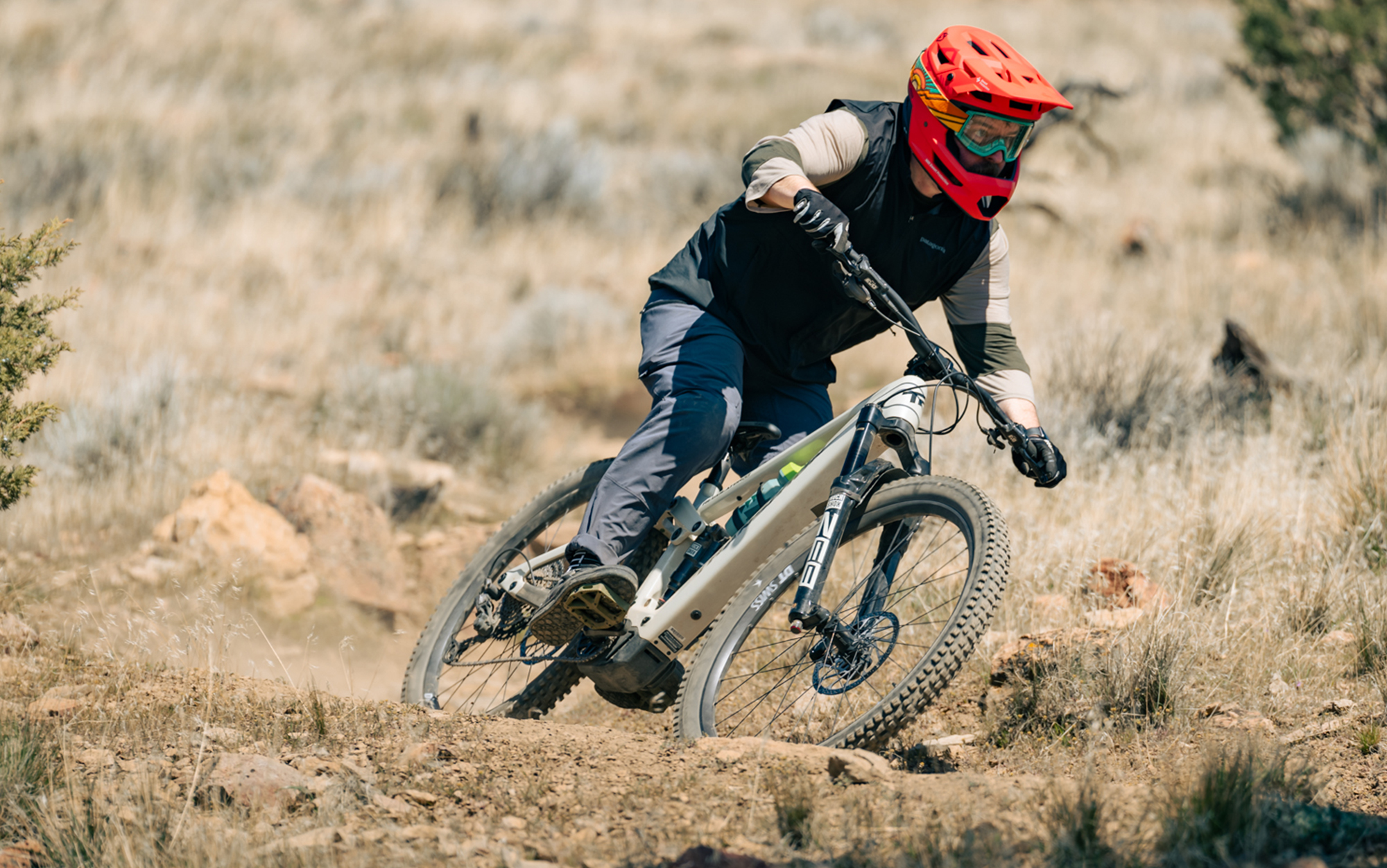
On mellower trails, the Regulator was also quite impressive. While the 150mm of rear travel puts the bike on the cusp of overwhelming intermediate trails, the smaller rear wheel keeps the Regulator lively and playful. And despite weighing 50 pounds (with pedals), the Regulator rode lighter than its weight suggests, getting off the ground fairly well.
My only gripe with the Transition Regulator is the choice of tire spec. The Carbon XT build came with the new Schwalbe Albert Radial tires, with which I had two issues. First, the tires had Schwalbe’s lighter “Trail” casing, leading to punctures in rocky terrain. Secondly, I would prefer to see a Schwalbe offering with more traction for the front tire.
Read Next: Best Mountain Bike Helmets, Trail Tested
Best Trail Machine: Pivot Shuttle SL
Pros
- Efficient climber
- Playful
- Jumps well
- Light
Cons
- Runs out of travel
Key Features
-
Fazua Ride 60 driveunit -
150/132 mm of travel (front/rear) -
29mm front and rear -
Adjustable geometry
Few rival the Pivot Shuttle SL’s frame quality and design. The carbon frame has adjustable geometry — a high/low flip chip — which I kept in “low” for my test time. This extends the reach, drops the bottom bracket, and slackens the bike, which I’ve found to provide a better ride feel.
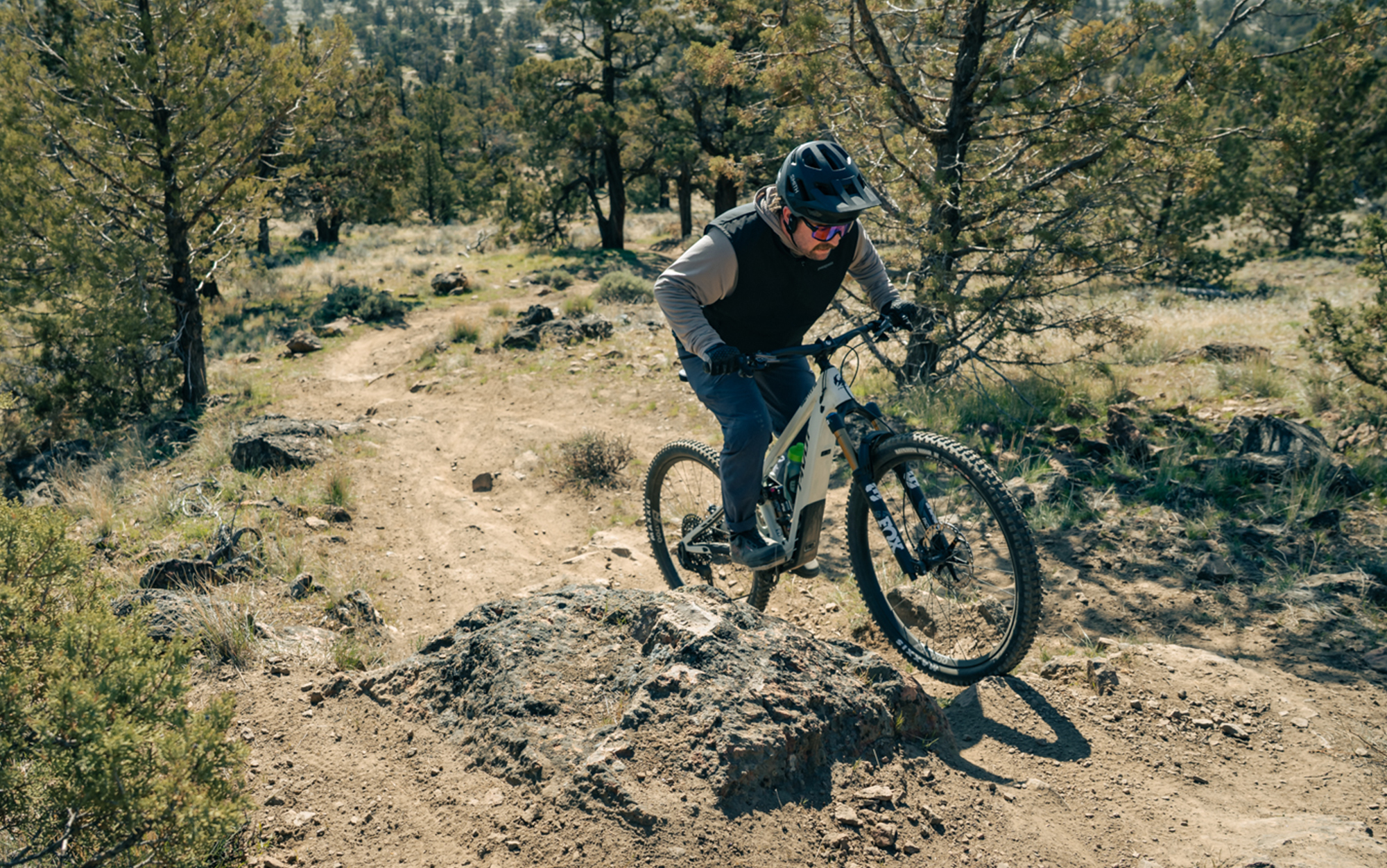
It is important to point out that this e-mountain bike is squarely in the “trail bike” category as far as numbers go. With only 132mm of rear travel and a headtube angle (HTA) that isn’t as slack as some, the Shuttle SL finds its limits on rougher, technical descents. However, due to a mid-power Fazua Ride 60 drive unit that is lighter than some of the other electric mountain bike motors in my test, the Shuttle SL stays snappy and pointed on the climbs. But that isn’t to say the Fazua isn’t powerful. With 60Nm of torque, 450 watts of peak power, and a 430-watt-hour battery, the Fazua gets up and goes for a mid-power unit.
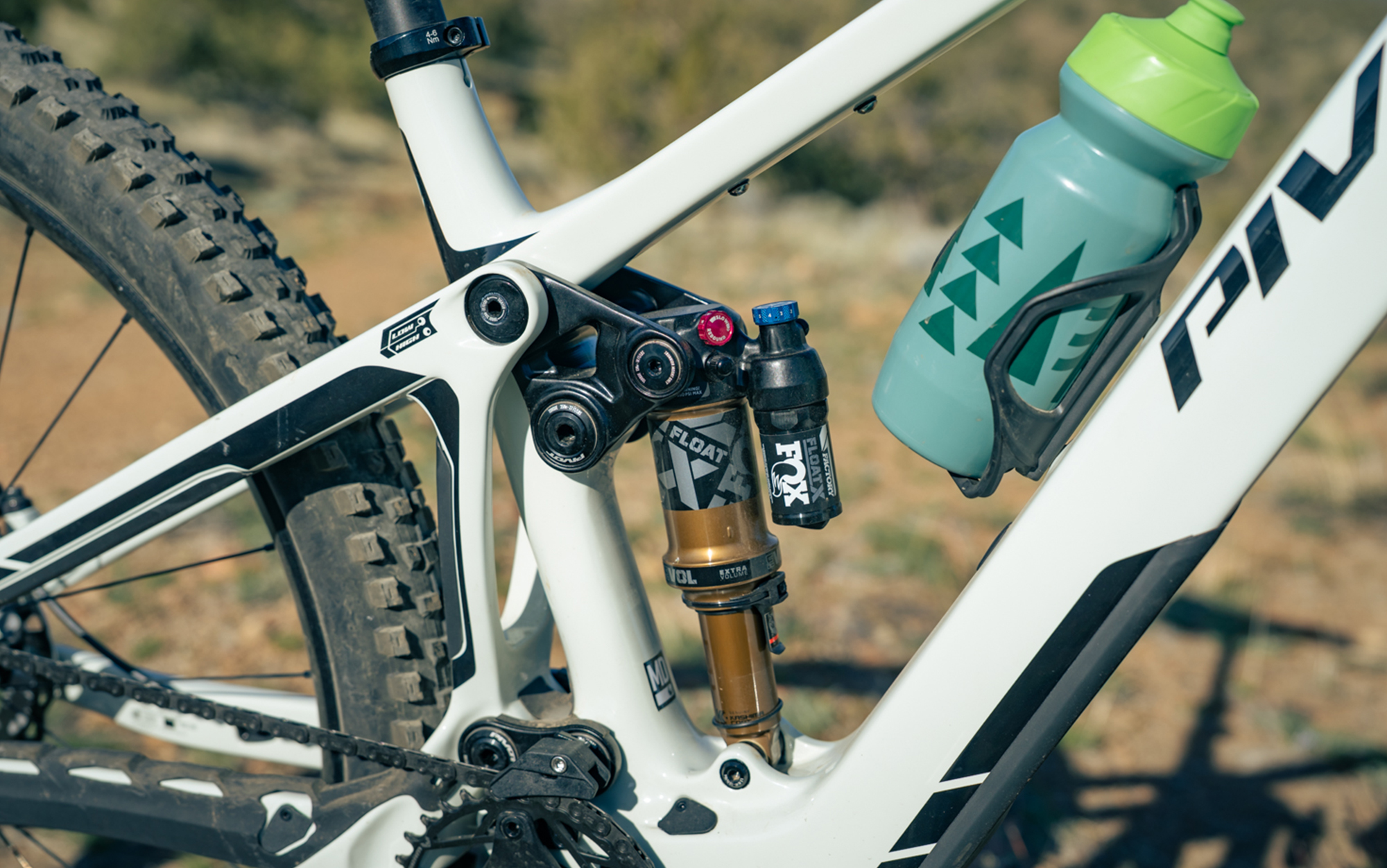
Rather than continuing to ride trails that overwhelmed the Shuttle SL, switching things up for easier trails was much more enjoyable. This bike will easily tackle any blue trail — flow or tech — and put a smile on your face while doing it. Trails that might have been “dumbed down” due to the long-travel of other bikes were reborn on the Pivot. Suddenly, every little rock and bump became a gap to clear. The bike rides light and poppy, making getting the wheels off the ground easy. Then, the lightweight, pointedness, and dual 29-inch wheels made tackling climbs a breeze.
If you are a trail bike purist, looking to take your big rides to the next level, the Pivot Shuttle SL is an excellent bike to consider. With intermediate to slightly-advanced trails in your area, you’ll be hard pressed to find a bike that provides more smiles per mile.
Most Playful: Specialized Turbo Levo SL 2 Expert
Pros
- Playfulness with extra travel (when I got in over my head)
- Fox/Specialized Genie shock
- Build (especially the in-house components)
- 470mm reach
Cons
- Not as stable at high speeds (short chainstay)
- Specialized drive unit
Key Features
-
Specialized SL 1.2 drive unit -
160/150mm of travel (front/rear) -
Mixed-wheel (29mm front/27.5mm rear) -
Genie shock
I opted for a size S4 (Specialized does number sizes), going with a bit longer reach than I’m used to, as I found I would typically be between their S3 and S4 sizes. But, I got along very well with the tad longer 470mm reach on the Turbo Levo, finding the length added to the bike’s stability, which I needed.
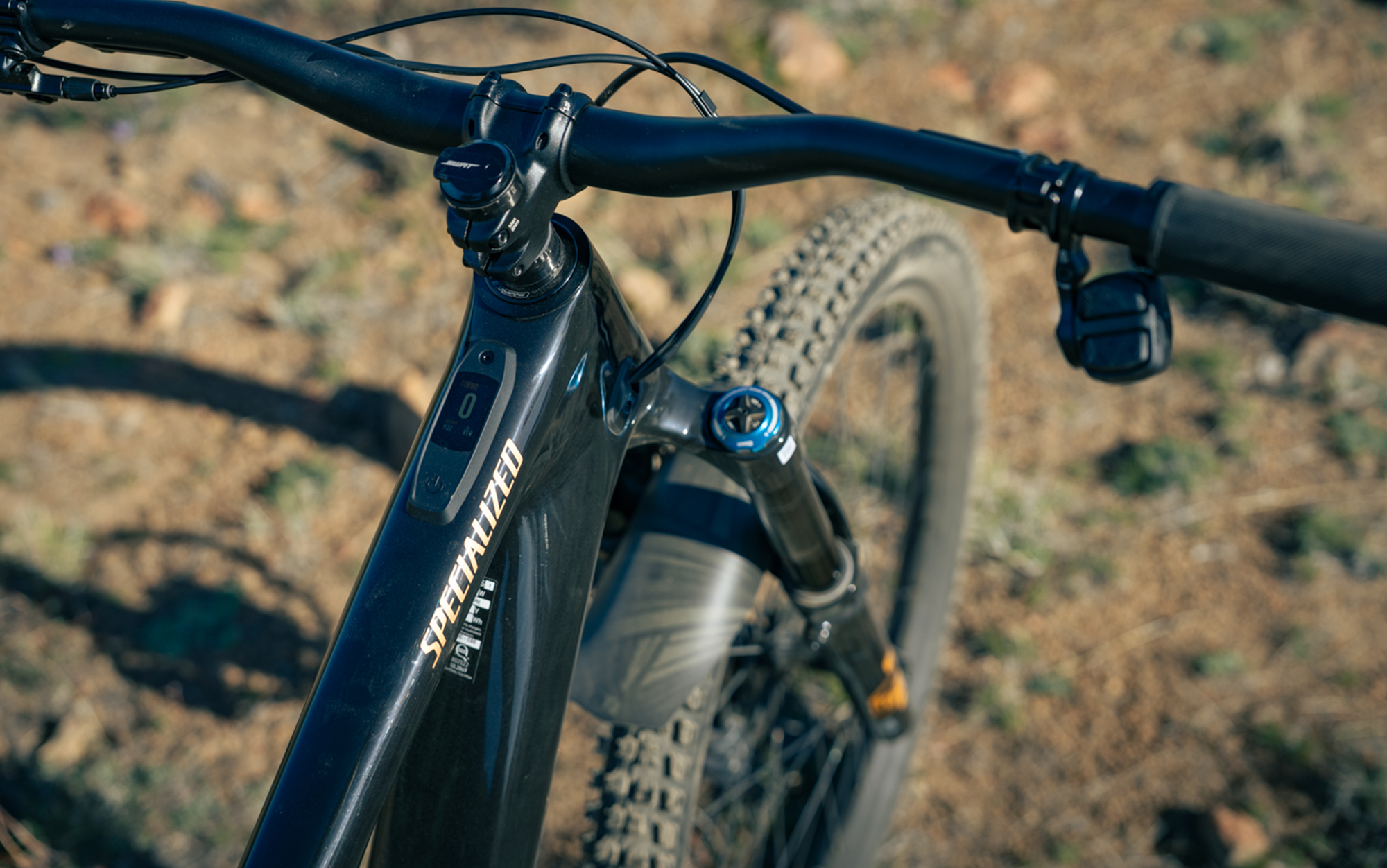
The Turbo Levo SL shines on chunky terrain, albeit lower speed chunky terrain. Several trails I rode were perfect for this bike, with higher speed sections traded for tighter, more technical cornering over rocky terrain. While I needed to pump the brakes more on some of the longer bikes, the Turbo Levo SL’s short back end made whipping around those tight, chunky corners particularly easy. And, when I did get into trouble, I had that 150 and 160mm of travel to bail me out.
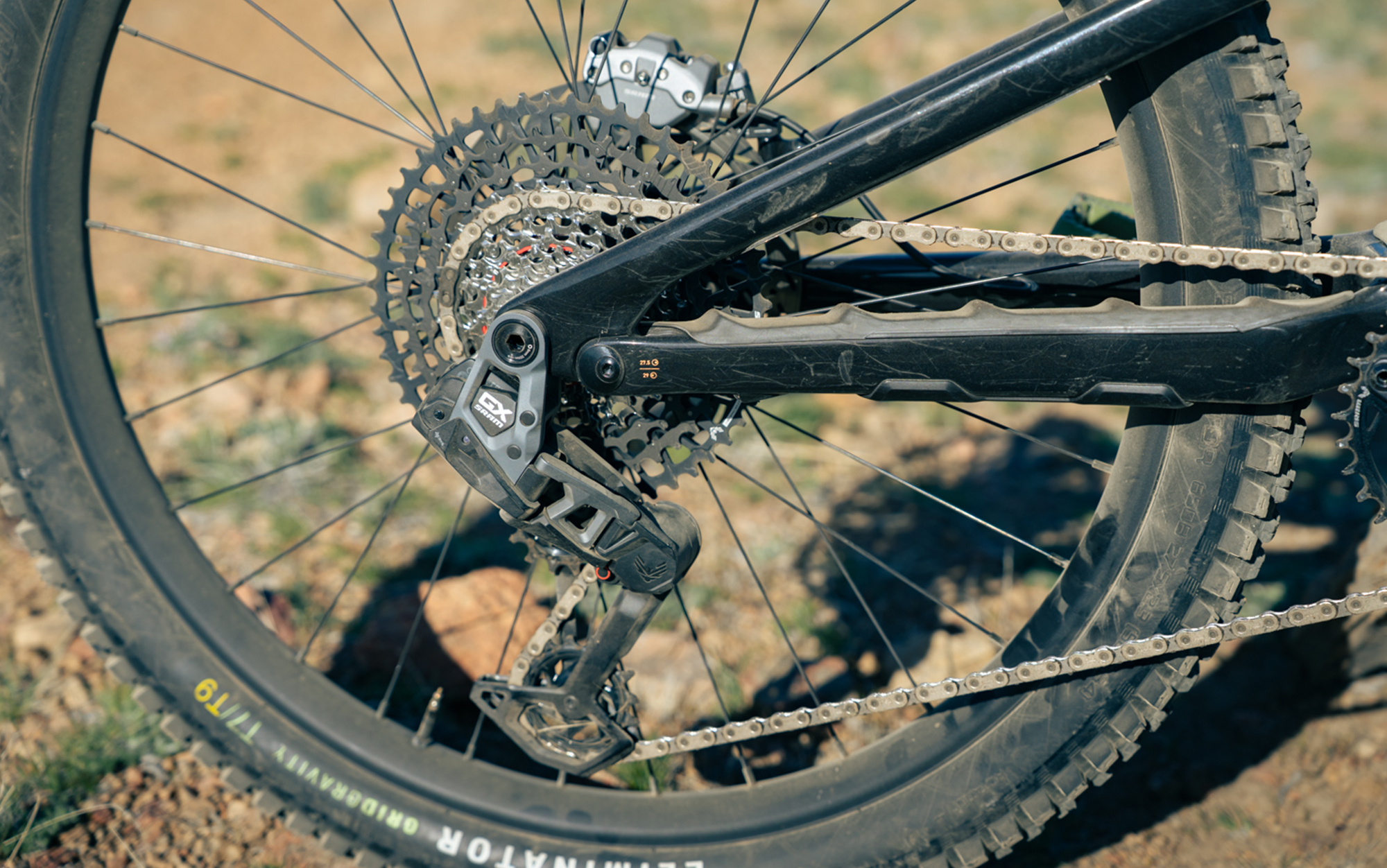
Despite its 150mm rear paired with a 160mm fork, and a very impressive Fox Genie shock that soaked up small bumps phenomenally, the Turbo Levo was unstable at high speeds. The lion’s share of this issue was due to the relatively short 432mm chainstays. While shorter chainstays can make a bike more playful, they don’t help with high speed chunk.
Specialized teams up with Brose to make their own drive unit. Here is where the Turbo Levo SL takes a hit. The bike’s 320 watts of power and 50Nm of torque are noticeably less powerful than other mid-power drive units. Plus, the 320-watt-hour battery only provided around 2,400 feet of climbing — again, less than other drive units.
That said, some riders may be looking for a more “natural” feel, which the Specialized SL 1.2 drive unit certainly provides. If you just want to get your two laps in a bit quicker, the Turbo Levo SL is a great option.
Best Downhill: Ibis Oso
Pros
- Very confident on the downs
- Adjustable travel options
- Most affordable
- Powerful drive unit
- Brakes and drivetrain
Cons
- Rides heavy
- Integrated lights
- Wide wheels
Key Features
-
Bosch Performance CX drive unit -
170/155mm travel (front/rear) -
Mixed wheel (S-M) -
DW-Link swingarm
Don’t let the unconventional look of the Ibis Oso fool you. While a massive swingarm replaces the more typical rear triangle found on Ibis’ acoustic bikes, the Oso shares the incredible DW-Link suspension platform as its acoustic counterparts. If I’m being honest, however, I wasn’t sold on the bike’s look.
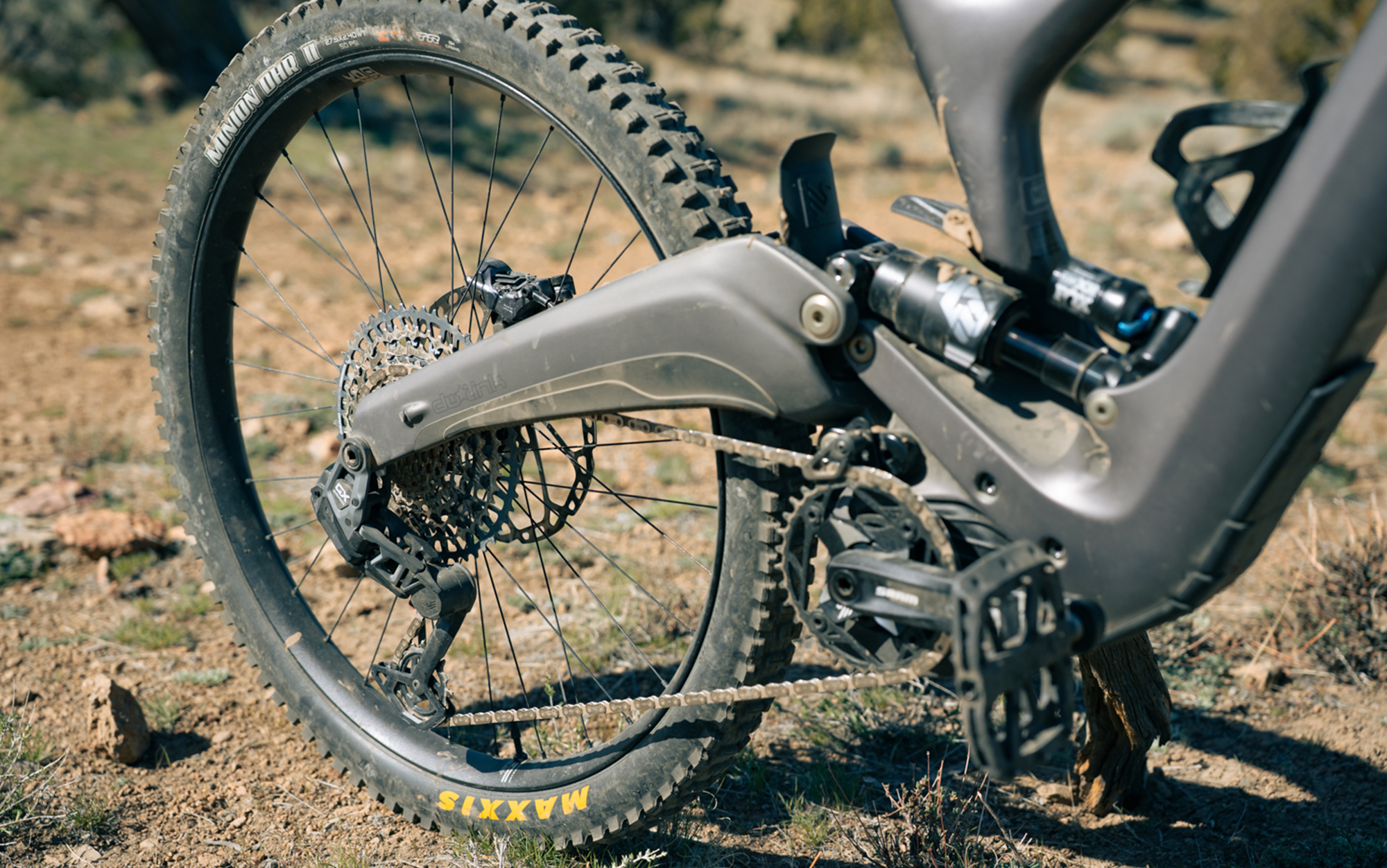
But, I am sold on how the Oso descends. Hands down, this was the bike I pushed the hardest and fastest down the trails. It was also the most confidence-inspiring in big chunky terrain, but remained somewhat playful thanks to the 27.5 rear wheel. While a 155mm shock and 170mm fork were more than enough for the trails I tested on, Ibis specs the Oso to be compatible with a 170mm shock and a 190mm fork — single or dual crown. If long travel bikes are your gig, this is the best electric mountain bike for you.
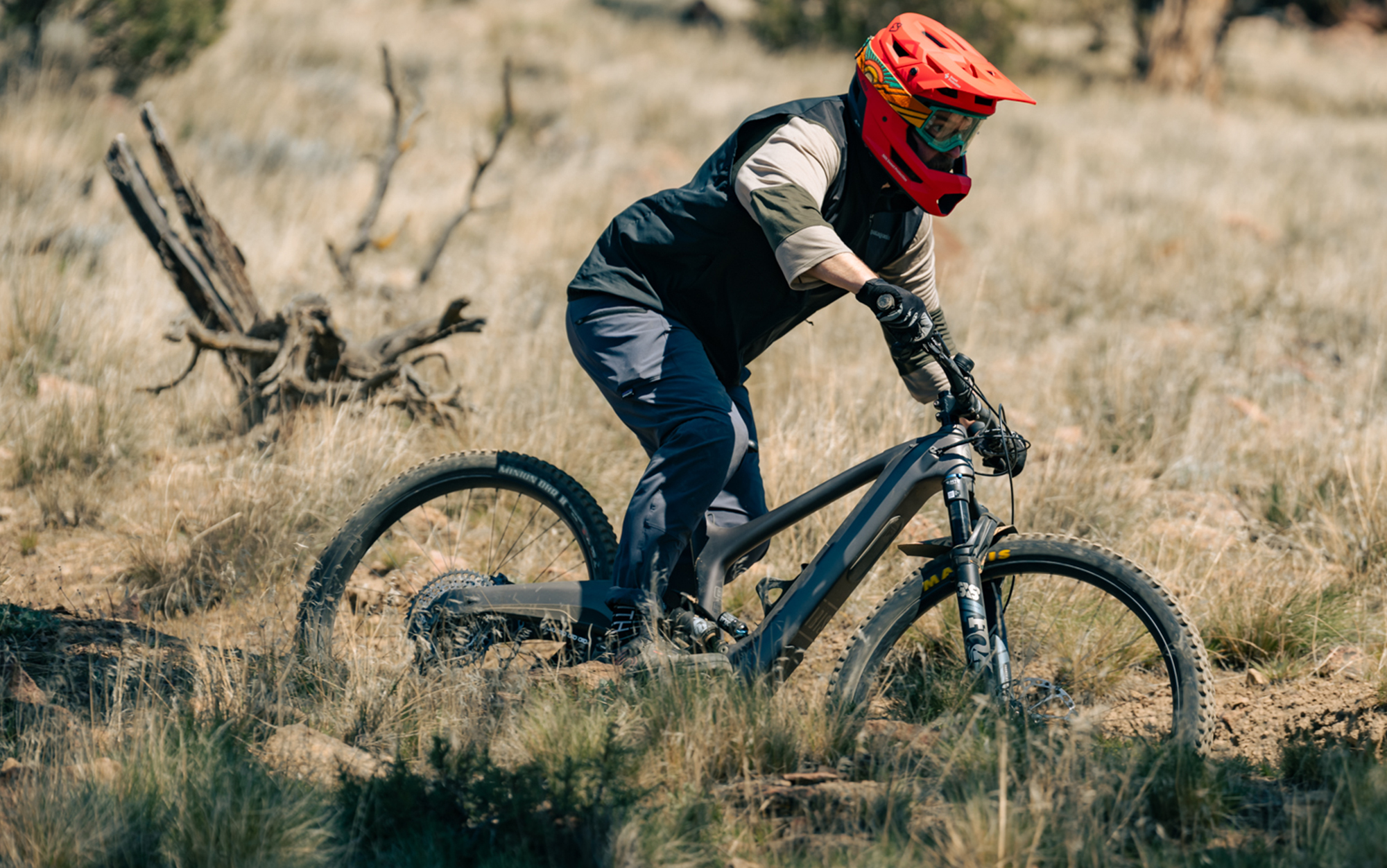
However, the Ibis Oso did have a few drawbacks. The bike rode heavy, and lifting the front wheel off the ground could be a struggle, especially at slower speeds. I also didn’t like the Blackbird wheels with their 35mm inner width. Tires ride differently on wider rims, resulting in weird turns and more dings. Plus, the wider wheels add to the bike’s weight.
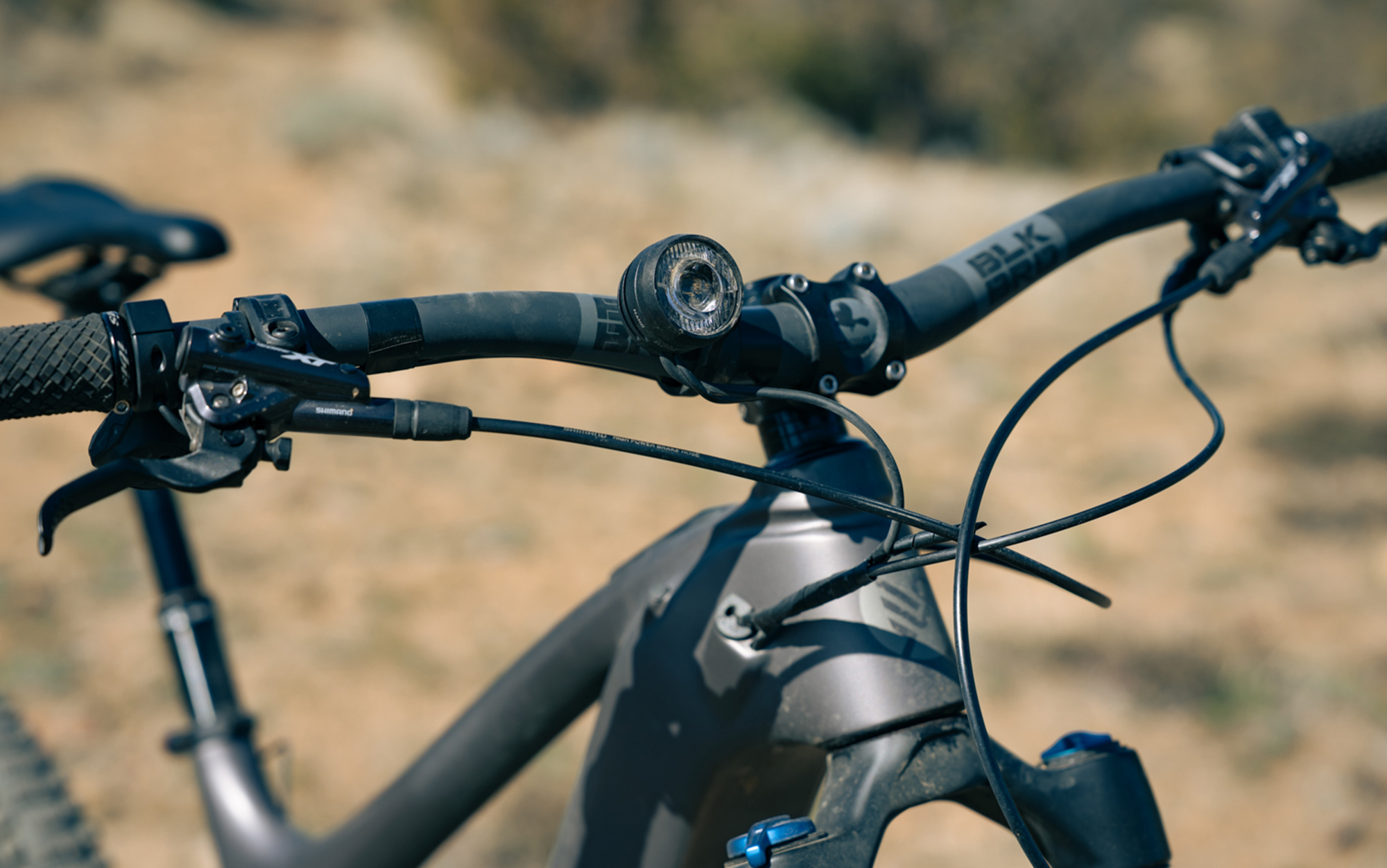
That said, Ibis’ use of their in-house Blackbird brand for some components kept the Oso the most affordable bike in the test. I wonder if ditching the integrated lights would have dropped the price even more …
Read Next: Best Mountain Bike Shoes, Trail Tested
Things to Consider Before Buying the Best Electric Mountain Bike
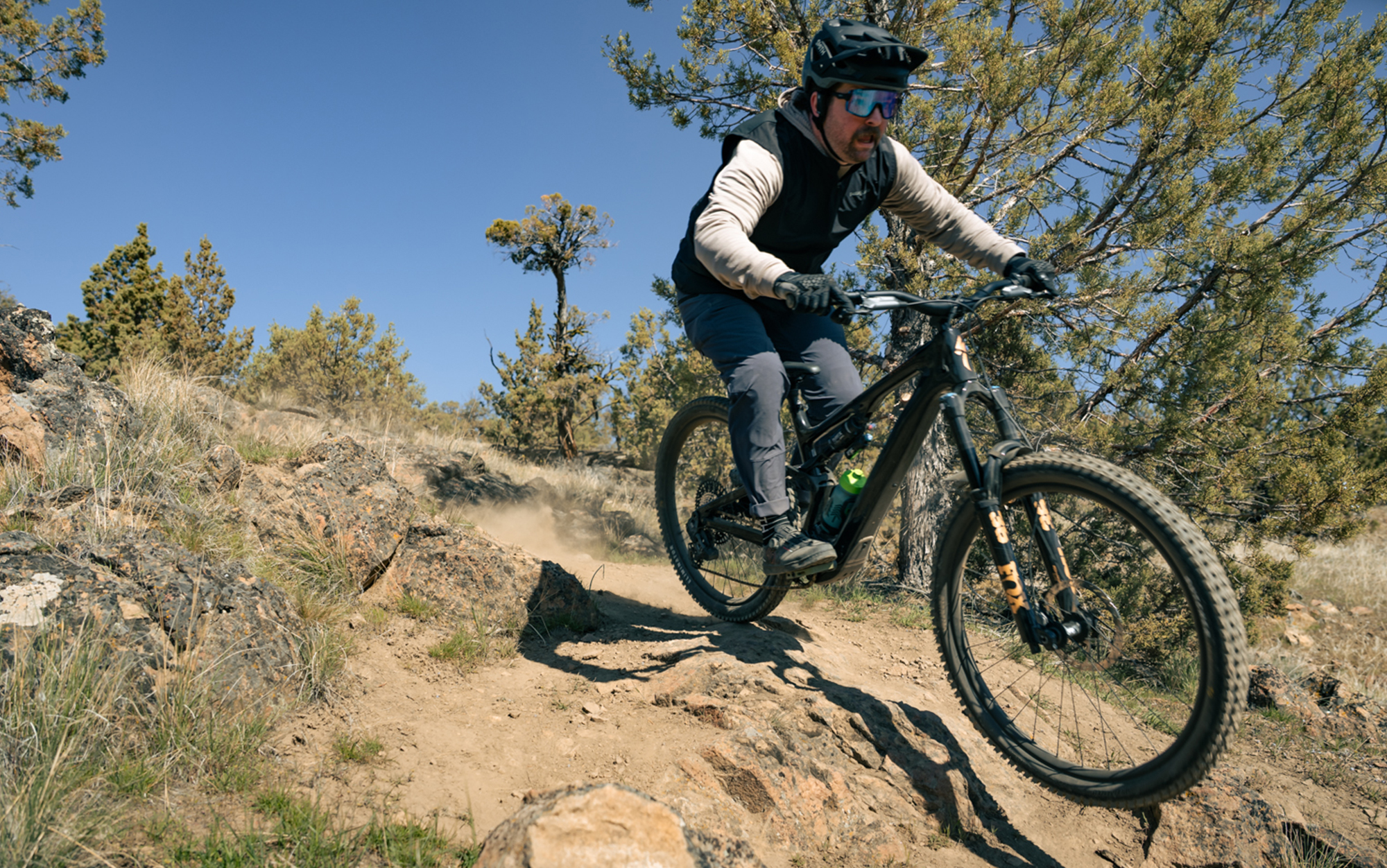
Full- vs. Mid-Power
I tested both full-power (Transition and Ibis) and mid-power (Pivot and Specialized) electric mountain bikes in this roundup. And while I’m not intentionally comparing full- and mid-power, it is important to consider the differences and your needs before buying.
To simplify things, full-power means faster and longer rides, which everyone wants. But that doesn’t mean mid-power is gutless. Mid-power units like the Fazua provide plenty of boost and have enough battery, especially for a dad like me who can’t ride all day. They also weigh roughly 10 pounds less.
Long- vs. Short-Travel
More travel isn’t always a good thing. Long travel is important for steep descents while shorter travel lengths are more efficient climbers. Bikes like the Pivot Shuttle SL are still a blast despite only having 132mm of travel. This will depend greatly on the trails in your area, and the reality is, many people don’t live in areas with trails requiring long-travel bikes. Get the bike that is best suited for the trails you ride.
Drive Units
Fazua, Bosch, Shimano, SRAM, Specialized … there are quite a few options when it comes to drive units. Sometimes, choices may be limited, such as the Fazua Ride 60 drive unit not making a full-powered version. Other drive units, such as Bosch, have CX (full) and SX (mid) options. Before you purchase, it will be worth your while to demo different bikes with different drive units — bikes are designed around them, and you won’t be able to swap one out for the other after you buy.
The Rest of the Field
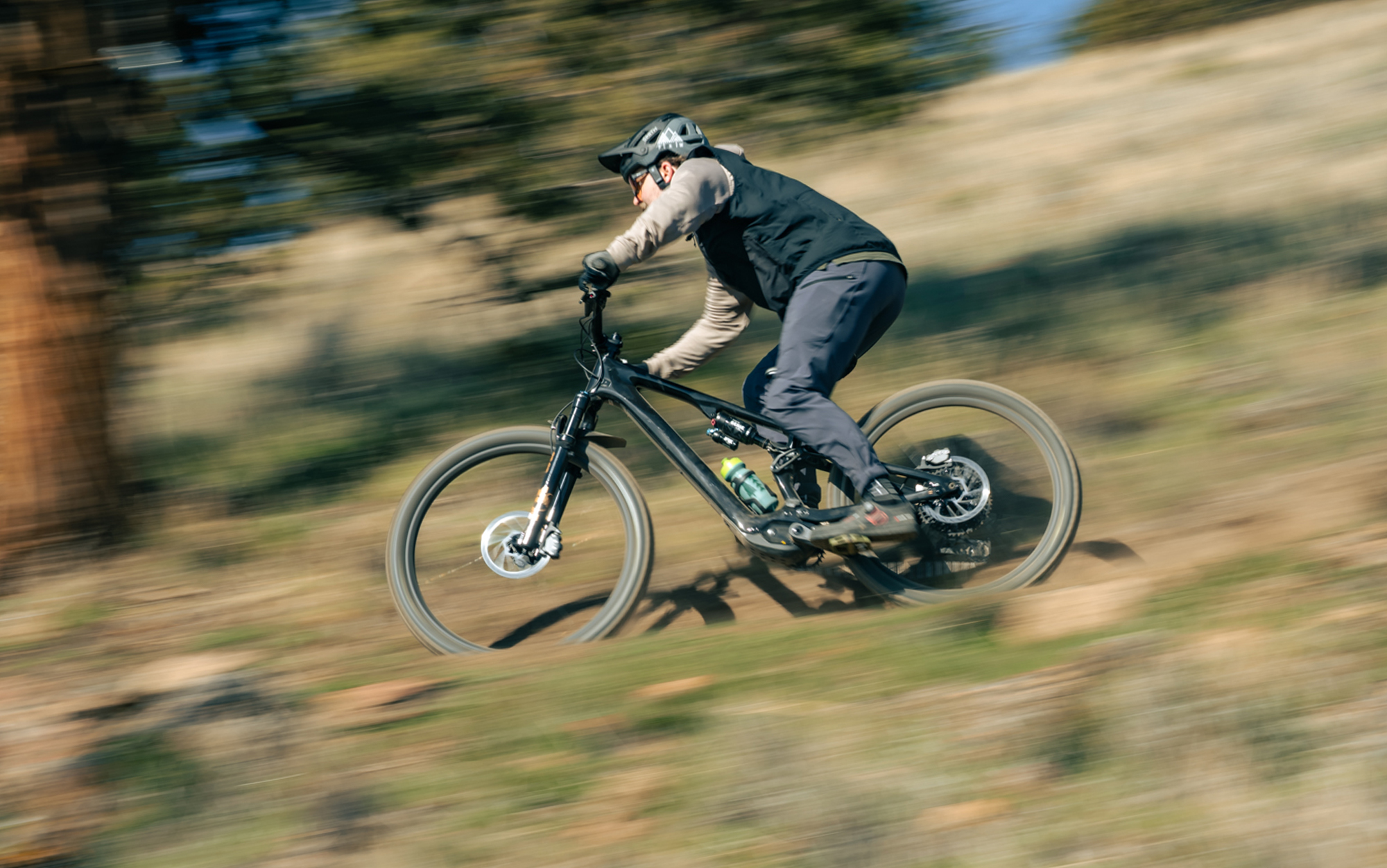
I have experience with other electric mountain bikes that weren’t able to be included in this test. Many comparisons can be drawn between the four e-mountain bikes I reviewed and other electric mountain bikes on the market. The Specialized Turbo Levo SL had the same playfulness as the Santa Cruz Heckler. However, I much prefer the Heckler’s Fazua drive unit. The Pivot Shuttle SL rode nearly like an acoustic bike, reminding me of my time on e-bikes like the Ari Nebo Peak and Norco Fluid VLT. Both the Transition and the Ibis reminded me of my time on heavy hitters such as the YT Decoy or the Trek Slash+.
Read more about the Santa Cruz Heckler in our round-up of the best mountain bikes
Final Thoughts on the Best Electric Mountain Bikes
Fortunately for riders looking to crank out rides faster and go farther, electric mountain bike innovation has come a long way. My favorite overall electric mountain bike is the Transition Regulator CX, but if you’re looking for something to smash through rough backcountry chunk, I was most confident descending on the Ibis Oso. See you on the trails!
- Best Overall: Transition Regulator CX
- Best Trail Machine: Pivot Shuttle SL
- Most Playful: Specialized Turbo Levo SL
- Best Downhill: Ibis Oso
The post The Best Electric Mountain Bikes of 2025, Trail Tested appeared first on Outdoor Life.
Source: https://www.outdoorlife.com/gear/best-electric-mountain-bikes/


